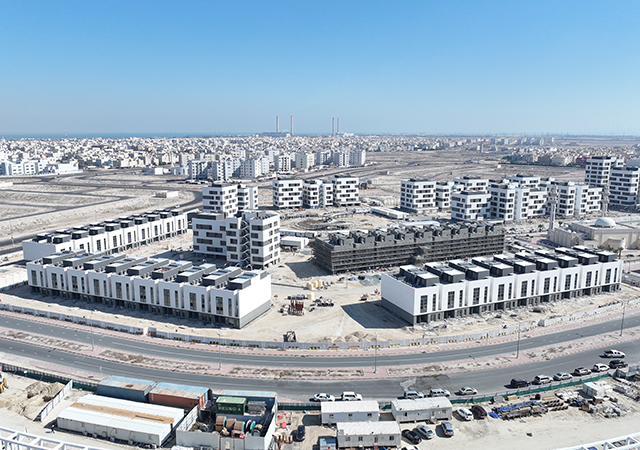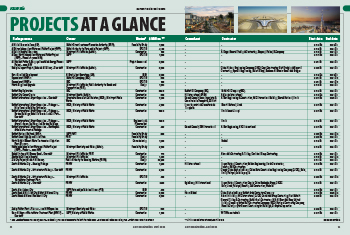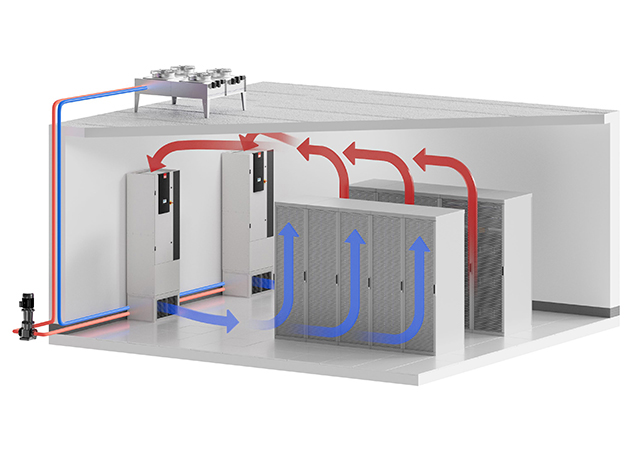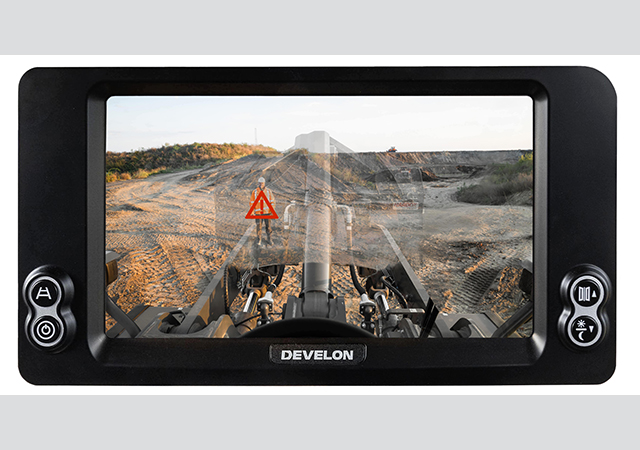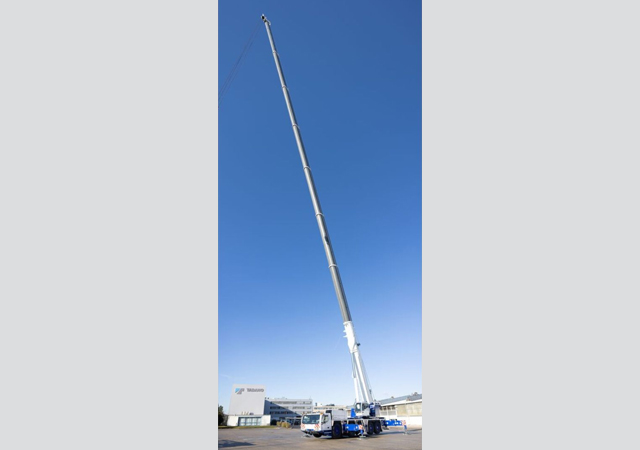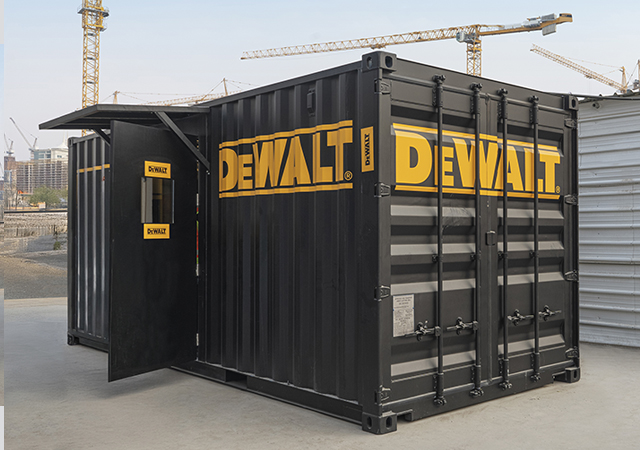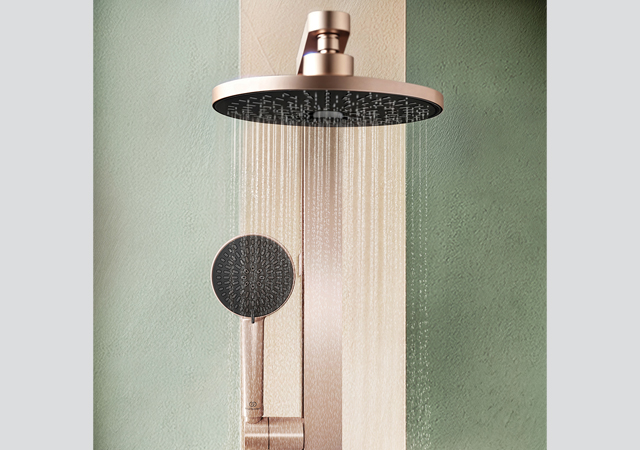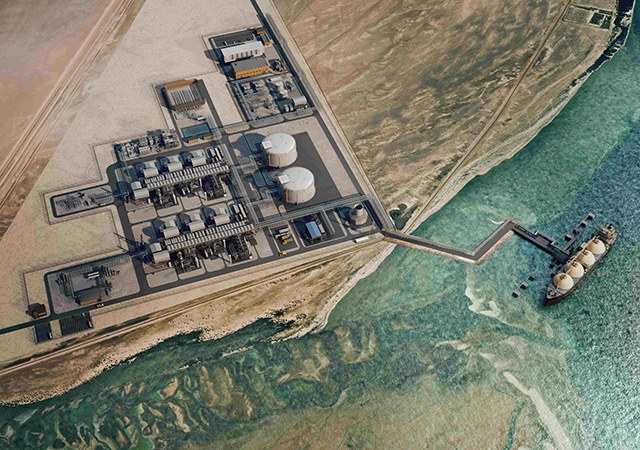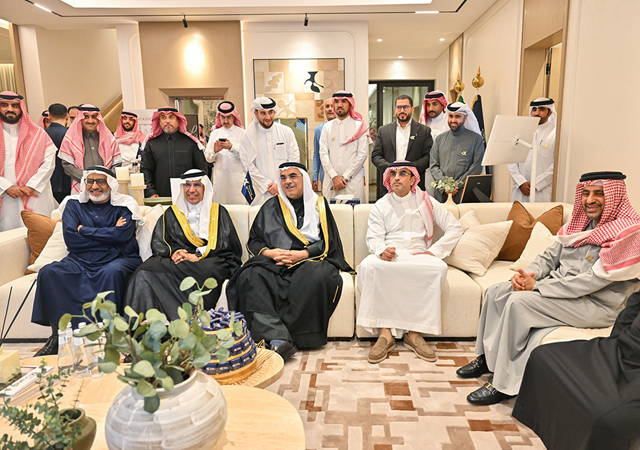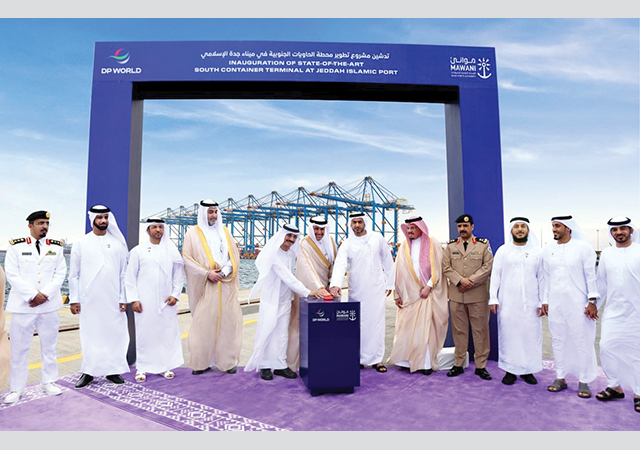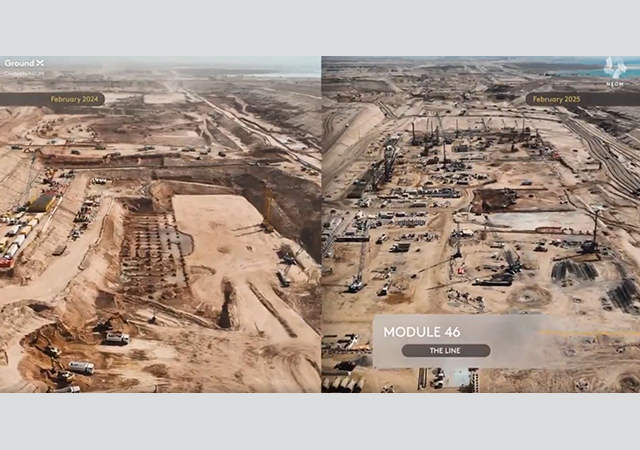

GERMAN software specialist Dlubal is now offering an add-on module for both RSTAB and RFEM analysis programs, helping users to design and classify bending-resistant, bolted connections between columns and horizontal beams according to Eurocode 3 and DIN 18800.
RSTAB and RFEM are Dlubal’s 3D framework and 3D Finite Element Analysis (FEA) programs, respectively.
The user can design frame joints and T-joints as well as cross joints and connections with continuous columns using the add-on module Frame-Joint Pro. Further, it is possible to design connections of structures that have been calculated in RSTAB or RFEM. In case geometrical and load data is not yet available, manual definitions can be entered.
Elaborating on how the module works, a spokesman for Dlubal says: “The user has to first select the node that he wants to design in RSTAB/RFEM. Frame-Joint Pro recognises all connected members automatically and the connection type is assigned. Then, depending on the type of connection, he can define further parameters like ribs, backing plates, web plates, bolts, welds and hole spacings. Defining the connection is easy because the entered dimensions are visualised in a rendered graphic that is updated immediately when modifications are made.”
Furthermore, the structure can be displayed with the common control functions.
 |
|
Screen shots of Frame-Joint Pro ... input of bolt geometry and welds, and visualised graphic of connection (above). |
In addition, it is possible to define flush top connections or connections with a bolt row in extension. Horizontal beams connected to the column on both sides can be connected symmetrically or asymmetrically. It is also possible to connect beams with different cross-section depths.
Finally, inclinations as well as tapers of horizontal beams can be defined and arranged freely. The connection design is performed for positive and negative moments. The loads are entered by selecting the load cases, groups and combinations from RSTAB/RFEM. Frame Joint Pro converts automatically the internal forces from the framework analysis to the connection points and determines the governing internal forces for the individual designs.
If the “preliminary design” mode is set, Frame-Joint Pro suggests different possibilities for bolt layout and stiffenings that are required, after the first calculation run. When the relevant solution is selected, the add-on module shows all designs including connection graphics. Frame-Joint Pro checks the required edge distances and hole spacings and decides whether the selected connection can be screwed. Moreover, it is possible to adjust the dimensions of the used wrenches manually.
Output of results
The add-on module shows all governing designs for column and horizontal beam as well as the connection’s geometry. Dimensions, material properties and welds significant for the connection’s construction are immediately displayed and can be included in the printout.
The connections can be represented graphically in the add-on module Frame-Joint Pro or directly in the RSTAB/RFEM model. All graphics can be integrated in the RSTAB/RFEM printout report or printed directly. Thus, an optimal visual check is already possible in the design phase due to the results output that is true to scale.
Since its inception in 1987, Dlubal has been involved in the development of user-friendly and powerful programs for structural and dynamic analysis.
In 1990, Dlubal moved into its current location in Eastern Bavaria, Germany, and established a second office in Prague, Czech Republic. Today, it has more than 7,000 engineering offices and construction companies from a variety of fields as well as many post-secondary schools on its list of clients.




